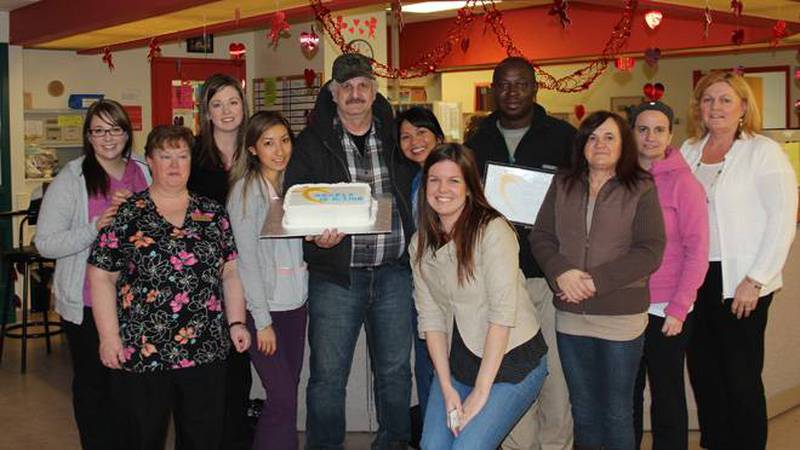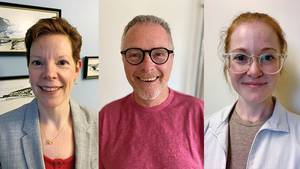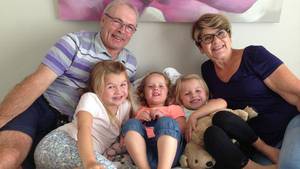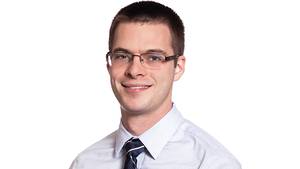Monte Smeltzer remembers hearing the whistle before the explosion, beating the flames crossing his chest, and seeing his wife's scared face at emergency.
His next memory is waking up three days later at the QEII Health Sciences Centre’s burn unit, thinking he'd only just arrived.
"I didn't know how bad I was hurt. I looked at myself and figured I was only going to be off for two or three days," he recalls.
Monte's stay was five weeks.
The fuel tank on the wood chipper he and three coworkers were cleaning had ignited, sending a fireball around the equipment. All were burned – Monte the worst. The flames had seared 33 per cent of his upper body and he needed two skin grafts to replace the damaged flesh. His recovery was a physical and emotional struggle. He says he couldn't have done it without the support of the burn unit team. To thank them, Monte recently honoured the unit with a gift to the QEII Foundation’s recognition program, Angels in Action. His gift will support the burn unit to continue to deliver the best care for their patients.
"What they do for you is unbelievable. They didn't just look after me, but they kept an eye on my family."
His wife, Debbie, echoes Monte's praise. "They couldn't do enough for us. They were always asking us if we needed anything, like something to eat...they would sit down with us and ask us how you were feeling and they hugged me when I needed one."
"I remember one of the nurses stayed two hours past her shift just to sit with me because she knew I was having a bad day," says Monte.
That nurse is Pam Montinola.
"Any little thing we can do to help the patient counts," says Montinola. “There are good days and bad days and we need to make sure the patient doesn't lose hope. Sometimes they just need a little extra TLC."
Montinola adds that the relationship she and her coworkers have formed with Monte and his family is typical for the unit.
"We see patients from the time they're at their critical stage to when they become a burn survivor. So not only do you build a relationship with the patient but also you build a relationship with their family. Like all our patients, with Monte we celebrated everything with him and his family. We were there when he sat up for the first time and then when he walked."
Although Monte has returned home to New Glasgow and is now preparing to return to work, he keeps in regular touch with Montinola and her coworkers.
"Every time we go to Halifax, we stop in and see them. They're just like family," he says.








